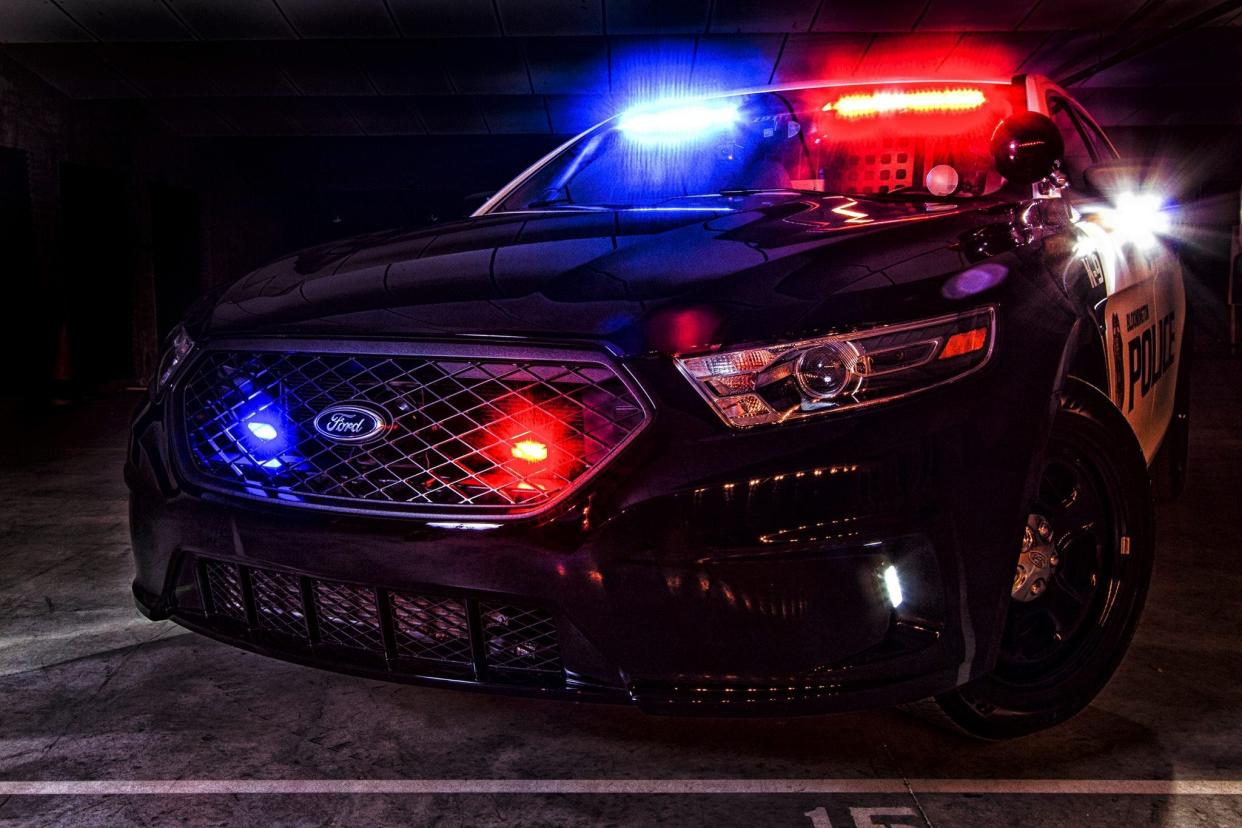BPD policy in active shootings clear: 'Stop the suspect(s) from actively continuing'

The Bloomington Police Department's policy is clear: Officers who arrive at active-shooting incidents are expected and required to intervene right away to subdue the suspect and stop the gunfire.
"It is the policy of the department to protect human life by any legal means. Officers responding to an active violence incident shall accomplish this goal by immediately using any legal means to make contact with the active violence incident suspect(s) and stop the ongoing violence. This may include arrest, containment or the use of deadly force, if necessary."
That's straight out of the general orders the department has adopted, which conform to standards from the national Commission on Accreditation for Law Enforcement Agencies.
New BPD officers are trained in accordance with the policy, and all officers receive scenario-based active violence training at least once every three years.
How should Bloomington police respond to a school shooting?
The policy applies to schools and other locations where someone armed with a deadly weapon is "systematically, actively, and presently employing the weapon(s) against victims upon the arrival of the police."
That describes the situation at Robb Elementary School in Uvalde, Texas, where a teen shot and killed 19 fourth graders and two teachers on May 24.
Exclusive: Video from inside Uvalde school shows officers' delayed response to mass shooting
A video released this week recorded by a hallway surveillance camera at the school shows heavily armed police wearing body armor and carrying bulletproof shields approaching a classroom where the 18-year-old suspect was shooting children and their teachers.
They pulled back after the gunman apparently fired in their direction, then, as more first responders arrived, waited more than an hour before storming into the classroom and killing the shooter.
Capt. Ryan Pedigo, spokesman for Bloomington's department, wouldn't comment on the police response at the school in Uvalde. He pointed to BPD's policy and expressed confidence city officers know what to do in such instances and would follow protocol.
The guidelines suggest forming a contact team of first-arriving officers, preferably four, before pursuing suspects in active-shooter situations. But it gives officers discretion to enter right away, "to engage the suspect(s) with fewer than four officers, given the totality of the circumstances."
BPD's armored police vehicle and specially trained officers from the Critical Incident Response Team would be called to an active-shooter incident. But Pedigo said the first officers there would be expected to take action on their own if someone was actively using a weapon to harm people.
BPD's policy lists four priorities that are to be followed in this order:
Stop the suspect(s) from actively continuing
Rescue any victims
Provide medical assistance
Preserve the crime scene
Monroe County schools mum on details
Officials at both public school districts in Monroe County withhold specific information about active shooter action plans in order to protect schools and the students who spend hours during school there.
Monroe County and Richland-Bean Blossom community school districts comply with state laws requiring public schools to conduct at least two active-shooter drills each school year. One must be within the first 90 days of classes.
Some parents have voiced concern at recent MCCSC school board meetings about the district's relationship with local law enforcement.
What to know: The MCCSC is officially seeking a 2022 referendum.
Elizabeth Bullock, who has several children in MCCSC schools, asked the school board at its June 28 meeting whether BPD conducts drills inside the schools during the summer to become familiar with the building layout. She asked if police have a master key to the schools so they can enter in an emergency.
“Why is the burden of participating in active shooter drills only on our school staff and our children?” Bullock asked.
The Herald-Times asked Andrea Mobley, MCCSC's assistant superintendent of human resources and operations, about the schools-law enforcement connection. She said access to the schools has been limited the past few years because of the pandemic, and noted in an email that BPD does outdoor training at Bloomington South's track field.
Mobley wouldn't say whether police agencies have keys to school buildings. And Pedigo said in an email response to questions that BPD doesn't discuss tactical plans or “preparedness for an active violence event” in schools.
In nearby Ellettsville, R-BB assistant superintendent Matt Irwin said in an email local police and firefighters conducted joint training in February to get familiar with the schools and practice responses to safety issues that could arise.
Irwin said Ellettsville police and the fire department have access to all R-BB school buildings in the event of an emergency.
"It's important that we work closely with them so that our responses are coordinated as efficiently as possible,” he said.
R-BB is taking a further step, hosting Alert, Lockdown, Inform, Counter and Evacuate (ALICE) training this summer. The program teaches community members ranging from church leaders to teachers how to respond during an active, violent situation.
Contact reporter Christine Stephenson at cstephenson@heraldt.com.
Contact reporter Laura Lane at llane@heraldt.com, 812-331-4362 or 812-318-5967.
This article originally appeared on The Herald-Times: How are Bloomington police expected to respond to active shooter?

